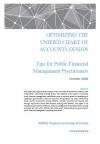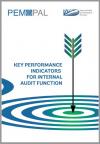September 2021
Participatory budgeting (PB) is “a mechanism or a process through which people make decisions on the destination of all or part of the available public resources,”1 and offers several specific benefits, if executed well. It is a process that could help improve governance within a set of reforms, increase community cohesion, and generate trust in government.











